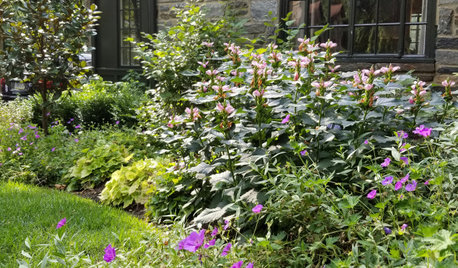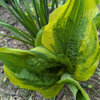What is wrong with my Fortunei Hyacinthina?
User
12 years ago
Related Stories

GARDENING GUIDESPros Share Their Top Plant Picks for a Low-Maintenance Yard
Landscape pros weigh in on the plants they’d use — and ones they’d avoid — to create an easy-care garden
Full StorySponsored
More Discussions










ken_adrian Adrian MI cold Z5
Steve Massachusetts
Related Professionals
Edmond Landscape Architects & Landscape Designers · Lyons Landscape Architects & Landscape Designers · Lewisville Landscape Contractors · North Richland Hills Landscape Contractors · Rockwall Landscape Contractors · Ronkonkoma Landscape Contractors · Stony Brook Landscape Contractors · Suitland Landscape Contractors · Redford Driveway Installation & Maintenance · Sterling Driveway Installation & Maintenance · Claremont Fence Contractors · Irvine Fence Contractors · Richmond Fence Contractors · Goleta Fence Contractors · Eden Prairie Solar Energy SystemsUserOriginal Author
in ny zone5
UserOriginal Author
UserOriginal Author
tepelus
Steve Massachusetts
Steve Massachusetts
in ny zone5
ivysmom
Johnsp
Steve Massachusetts
Babka NorCal 9b
Babka NorCal 9b
Babka NorCal 9b
Babka NorCal 9b
Babka NorCal 9b
in ny zone5
Johnsp
UserOriginal Author
in ny zone5
Steve Massachusetts
bkay2000
UserOriginal Author
bkay2000
Johnsp
UserOriginal Author